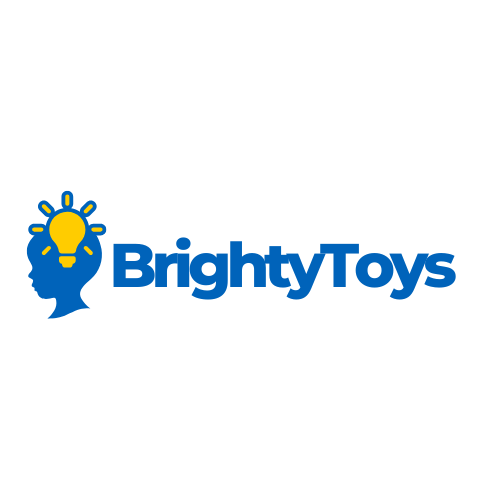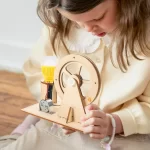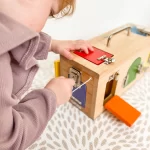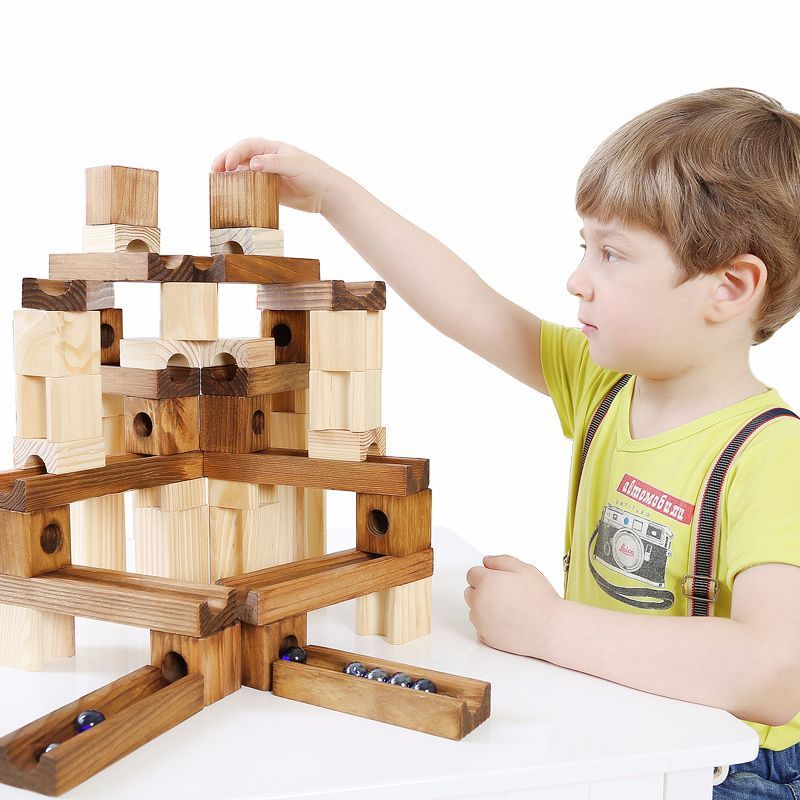Engineering toys have evolved significantly over the years, offering children and adults alike opportunities to develop critical thinking skills while having fun. These toys combine creativity with technical concepts, laying foundations for future engineers, designers, and problem solvers.
Building Sets That Go Beyond Blocks
Traditional building blocks have transformed into sophisticated engineering systems. LEGO Technic sets, for instance, introduce gears, axles, and pneumatic elements that teach mechanical principles through hands-on construction. K’NEX allows for the creation of complex structures with rods and connectors that mimic real engineering challenges.
What makes these modern building sets particularly valuable is their open-ended nature. While they come with instructions for specific models, they encourage experimentation and original design thinking. Children learn through trial and error, discovering structural integrity principles and mechanical relationships organically.
Circuitry and Electronics Made Accessible
Electronics kits have become increasingly user-friendly, allowing even young children to create functioning circuits. Snap Circuits features components that connect without soldering, teaching electricity basics through projects like working radios and alarm systems.
More advanced options like littleBits use magnetic modules that snap together, eliminating complex wiring while introducing concepts like input, output, and logic. These systems use color-coding and intuitive design to make electronics accessible without sacrificing educational value.

Robotics for Beginners and Beyond
Robotics kits represent perhaps the most exciting development in engineering toys. Products like LEGO MINDSTORMS combine physical construction with programming, allowing users to build robots that respond to their environment through sensors and motors.
For younger engineers, toys like Botley the Coding Robot introduce programming concepts without screens, using physical cards or remote controls to create sequences of commands. These toys build computational thinking skills fundamental to both robotics and general problem-solving.
Engineering Through Making and Crafting
The maker movement has inspired toys that blend crafting with engineering principles. Makeblock’s Neuron Explorer Kit, for example, includes both electronic components and cardboard construction materials, encouraging children to build interactive art projects and functional devices.
These maker-oriented toys often incorporate everyday materials, teaching resource optimization and creative repurposing—valuable skills in sustainable engineering practices.
STEM Toys With Real-World Applications
The best engineering toys connect abstract concepts to real-world challenges. Thames & Kosmos produces kits that let children build working models of renewable energy systems, teaching both the mechanics and the environmental importance of these technologies.
Similarly, hydraulic arm kits demonstrate principles used in construction equipment and manufacturing, providing context for the physics concepts they teach through direct manipulation.
Digital Design Meets Physical Construction
The line between digital and physical engineering play continues to blur. Apps that interface with construction kits allow children to test virtual designs before building them, introducing iterative design processes used by professional engineers.
Augmented reality features in some kits show how completed projects function internally, making invisible processes visible and enhancing understanding of cause and effect in mechanical systems.
Fostering Inclusive Engineering Play
Modern engineering toys increasingly focus on inclusivity, with designs that appeal to diverse interests and abilities. Research shows that thoughtful design choices in engineering toys can help address gender gaps in STEM fields by engaging all children in technical play from an early age.
The most successful toys in this category avoid rigid gender marketing, instead focusing on universal interests like storytelling, problem-solving, and creativity as entry points to engineering concepts.
Engineering Play for Different Ages
Engineering toys exist for every developmental stage. For toddlers, simple cause-and-effect toys like ramps and ball runs introduce physics concepts before formal education begins. For teenagers, Arduino-based electronics kits offer nearly professional-level engineering experiences that can lead directly to career skills.
What unites these toys across age groups is their emphasis on learning through discovery rather than instruction—a pedagogical approach that research consistently shows produces deeper understanding and retention.

Conclusion
The best engineering toys do more than teach isolated concepts; they foster a mindset of curiosity, experimentation, and resilience. By presenting technical challenges in playful contexts, these toys help develop the next generation of innovators who see problems as opportunities and constraints as creative catalysts.
As technology continues to advance, we can expect engineering toys to further expand the boundaries between play and genuine technical achievement, making complex concepts increasingly accessible to young minds.













